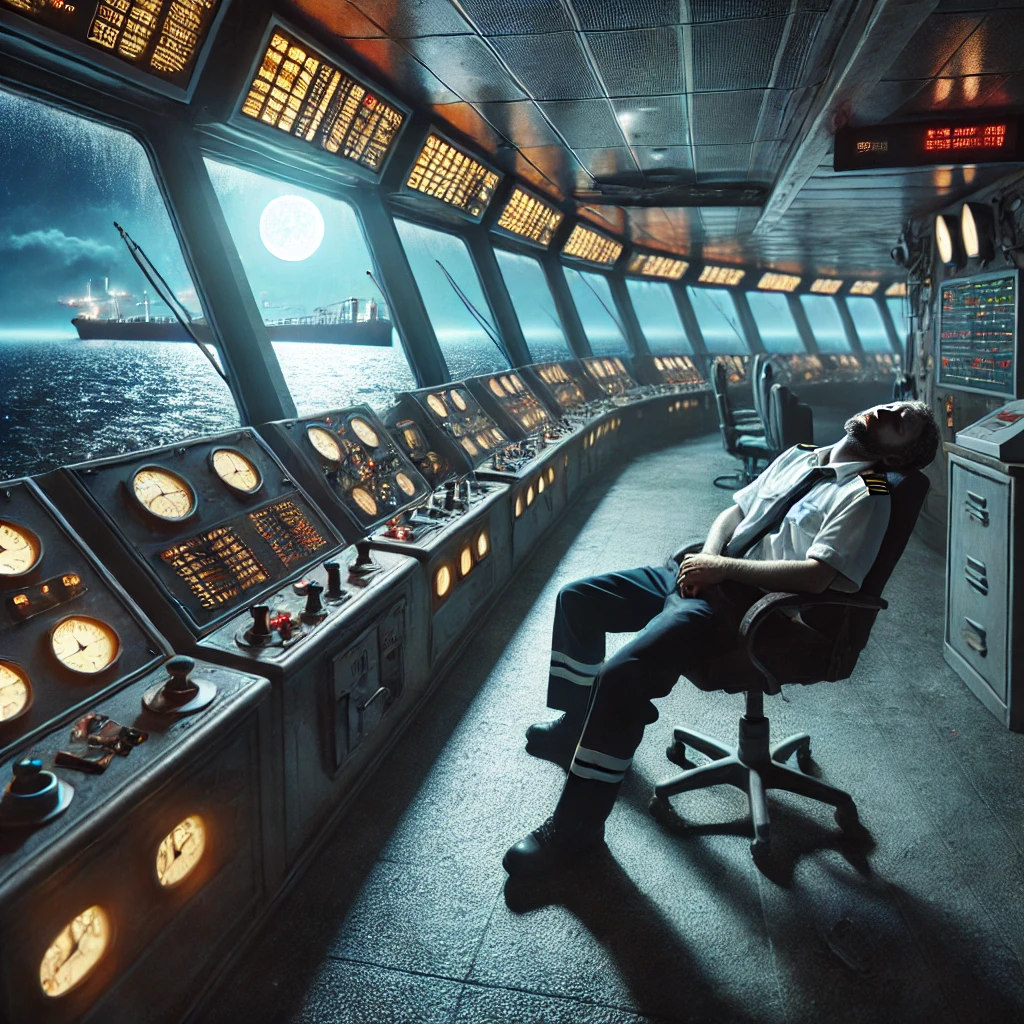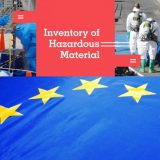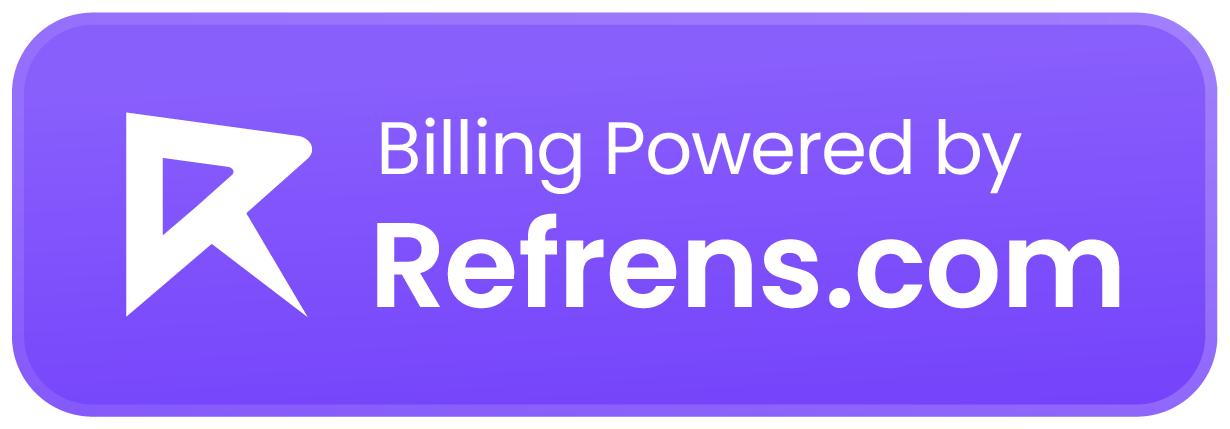In view of the need to reduce greenhouse gas (GHG) emissions from the maritime sector, MEPC. 76 adopted comprehensive short-term measures including the so-called Energy Efficiency Index for Existing Ships (EEXI) and the Carbon Intensity Index (CII). The goal is to enhance the energy efficiency of ships through the implementation of these measures.
EEXI is expected to be very similar to EEDI as it is based on the 2018 Calculation guideline of the EEDI, with some adaptations for existing vessels. EEXI describes CO2 emissions per cargo ton and per mile for existing ships of 400 gross tonnage and above. It determines normalized CO2 emissions based on installed engine power, transport capacity and vessel speed. EEXI is a design index, not an operational index. It is not related to readings from previous years and does not require onboard measurements; the index refers only to the design of the vessel.
On the other hand, CII represents an annual operational rating based on the required CII verification. MEPC 76 agreed to establish a progressive, non-linear scale of CII reductions up to 1% per year until 2023, and then between 2023 and 2027, 2% per annum, and further CII reductions, until 2030, will be decided in the review by 2026.
Depending on the proximity, a rating is recorded in the vessel’s SEEMP to indicate the level of performance as A, B ,C ,D or E.
Vessels rating classification D for three consecutive years or E in one year will need to submit a corrective action plan to put forward how the objective CII would be achieved.
Note that 2030 is the year of the intermediate emissions reduction target set in the IMO’s initial strategy (IMO, 2018) to reduce CO2 emissions per transport work by at least 40% compared to 2008.
Operational carbon intensity
Attained and required annual operational carbon intensity indicator (attained annual operational CII).
After the end of calendar year 2023 and after the end of each following calendar year, each ship of 5,000 gross tonnage shall calculate the attained annual operational CII over a 12-month period from 1 January to 31 December for the preceding calendar year.
Within three months after the end of each calendar year, the ship shall report to its Administration, or any organization duly authorized by it, the attained annual operational CII via electronic communication and using a standardized format to be developed by the Organization.
The attained annual operational CII shall be documented and verified against the required annual operational CII to determine operational carbon intensity rating A, B, C, D or E, indicating a major superior, minor superior, moderate, minor inferior, or inferior performance level, either by the Administration or by any organization duly authorized by it, taking into account the guidelines developed by the Organization.
Corrective actions and incentives
A ship rated as D for three consecutive years or rated as E shall develop a plan of corrective actions to achieve the required annual operational CII.
The SEEMP shall be reviewed to include the plan of corrective actions accordingly, taking into account the guidelines to be developed by the Organization. The enhanced SEEMP (SEEMP III) shall be submitted to the Administration or any organization duly authorized by it for verification, preferably together with, but in no case later than 1 month after reporting the attained annual operational CII.
A ship rated as D for three consecutive years or rated as E shall duly undertake the planned corrective actions in accordance with the SEEMP III.
Administrations, port authorities and other stakeholders as appropriate, are encouraged to provide incentives to ships rated as A or B.
Attained energy efficiency existing ship index (EEXI)
EEXI regulation applies to existing ships of 400 gross tonnage and above. Vessels to which this regulation applies must calculate an EEXI value (i.e. attained EEXI) for each vessel and this value must be equal to or less than the maximum allowable value (i.e. required EEXI). In addition, if the achieved EEXI does not meet the required EEXI, the ship should take all countermeasures, such as: Shaft power limitation (SHaPoLi), engine power limitation (EPL), energy saving devices (ESV), etc.
The attained EEXI should be calculated in accordance with regulation 23 of MARPOL Annex VI and the 2021 Guidelines on the method of calculation of the attained Energy Efficiency Existing Ship Index (EEXI) – (resolution MEPC.333(76)) (EEXI Calculation Guidelines).
The 2013 Guidance on treatment of innovative energy efficiency technologies for calculation and verification of the attained EEDI (MEPC.1/Circ.815) should be applied for calculation of the attained EEXI, if applicable.
For verification of the attained EEXI, an application for a survey and, an EEXI Technical File containing the necessary information for the verification and other relevant background documents should be submitted to a verifier.
In cases of a major conversion of a ship taking place at or after the completion date of the survey for EEXI verification specified in regulation 5.4.7 of MARPOL Annex VI, the ship-owner should submit to a verifier an application for a general or partial survey with the EEXI Technical File duly revised, based on the conversion made and other relevant background documents. The verifier should review the revised EEXI Technical File and other documents submitted and verify the calculation process of the attained EEXI to ensure that it is technically sound and reasonable and follows regulation 23 of MARPOL Annex VI and the EEXI Calculation Guidelines. For verification of the attained EEXI after the major conversion, speed trials of the ship may be conducted, as necessary.
Ships affected by EEXI must demonstrate compliance at their next International Air Pollution Control Certificate (IAPPC) survey (annual, intermediate or renewal) or at the initial survey before the ship is put into service to obtain an International Energy Efficiency Certificate (IEEC) issued on or after January 1, 2023, whichever comes first. The effective date is November 01, 2022.
Conclusion
The shipping industry is a major contributor to global climate change, accounting for almost 3% of total CO2 emissions. This is sufficient for the implementation of IMO’s rigorous criteria. The maritime industry is under a lot of pressure to reduce CO2 emissions. Numerous studies are being conducted to increase the efficiency of this industry in order to mitigate the potential risks that may arise in the future.
The environment is the biggest winner. Due to the fact that the worldwide fleet renewal rate is so sluggish, regulating the energy efficiency of new vessels through EEDI is simply too slow to have an impact on total emissions. Likewise, increasing regulatory pressure to improve the energy efficiency of new ships may reduce interest in renewing the existing global fleet. Existing and new ships are subject to the same regulations, leveling the playing field.
In 2023, the Carbon Intensity Indicator (CII) will be implemented alongside with the EEXI regulation. This indicator takes into account actual CO2 emissions from ship operations.
The IMO Marine Environmental Protection Committee (MEPC) has scheduled its 78th session from 6 to 10 June 2022, presenting an executive summary with more technical information and explanations on regulations regarding IMO GHG Strategy.





